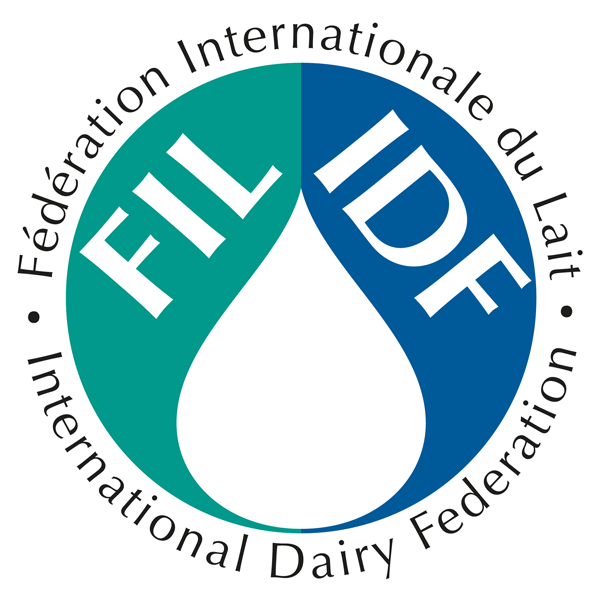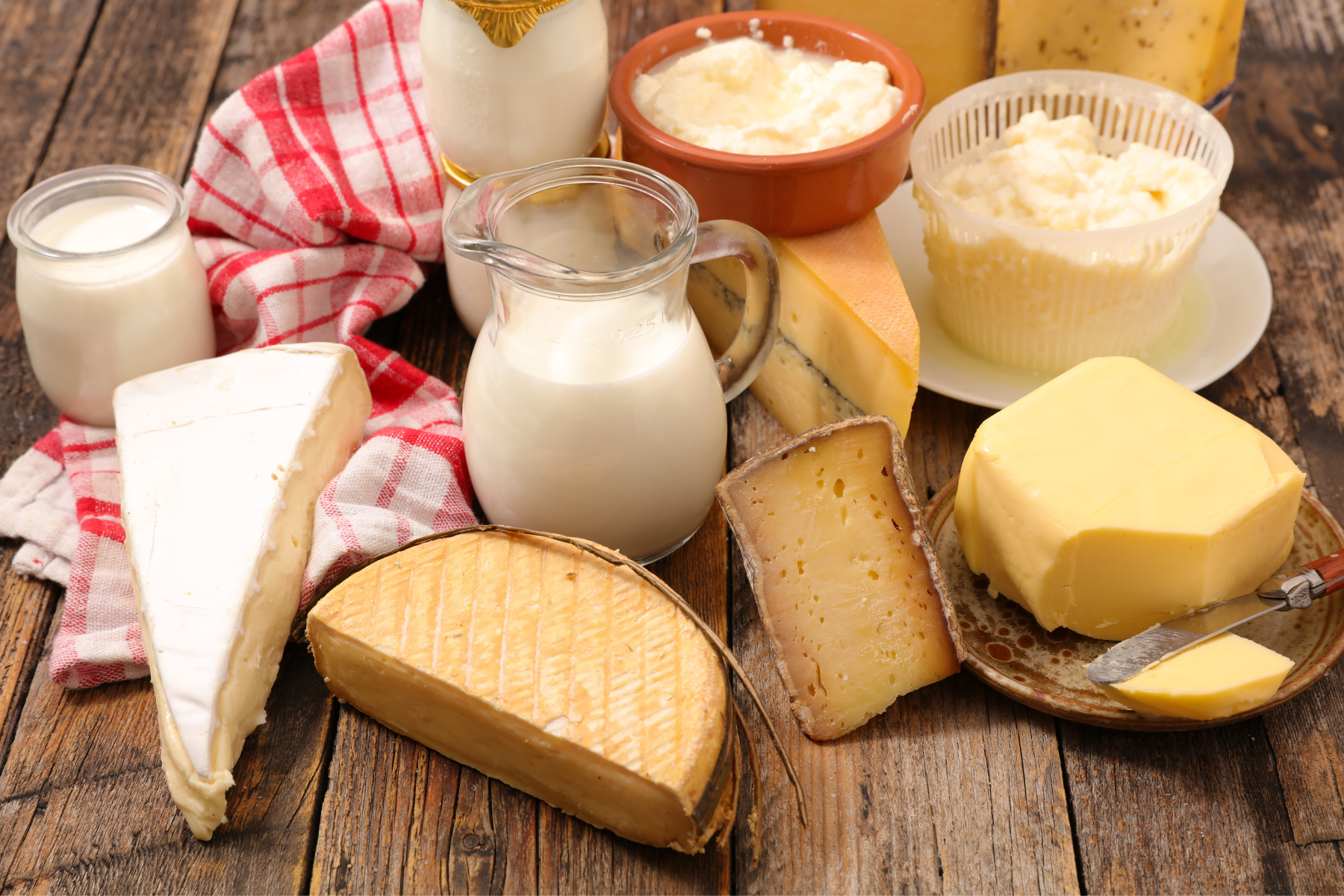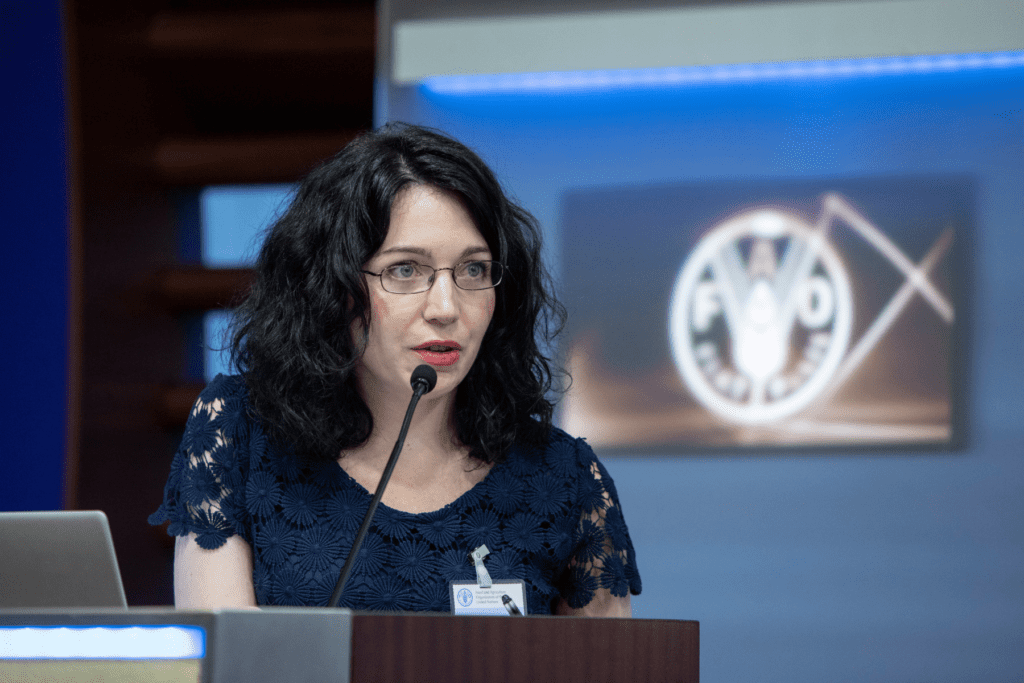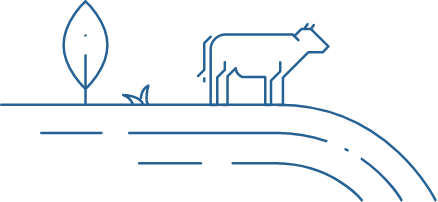Anticipating food loss
“A pro-active approach in the process environment is required to mitigate the risk of product contamination” François Bourdichon, Consultant in Food Safety, Microbiology and Hygiene
The dairy sector, like the rest of the food industry, is under pressure from the regulatory authorities, the certification bodies and consumer associations to prove the control of their production and would benefit from harmonized and recognized guidelines to ensure the correct monitoring of the microbial contamination in the processing environment, to pro-actively anticipate the risk of contamination of finished products when intermediary products are exposed to the air and possible contaminants (e.g. ripening).
Preservation of dairy products
“Fermentation is a way to preserve milk for further consumption of safe and nutritious products such as yoghurt and cheese.” Su Yao, Vice-director, China National Research Institute of Food & Fermentation Industries
Fermentation is one of the oldest food preservation methods, which has been used for several thousand years to avoid food waste. Recent innovation has revealed that food cultures can provide a natural solution to protect food both within the traditional scope of fermented food as well as in processed food. Research and application of biological preservatives such as nisin, natamycin and related biological protective strains in yogurt, pickles, soy sauce and other food fields could promote the development of bioprotection cultures with the specific characteristics that will consistently inhibit spoilage organisms in specific food matrixes.
Making a change at consumer level
“90% of wasted milk along the value chain happens at consumer level” Anna-Karin Modin-Edman, Senior sustainability manager, Arla Foods
The majority of food waste does not occur at the farm level but at the consumer level. The Sustainable Development Goals include a specific target (SDG12.3) to halve per capita global food waste at the retail and consumer levels by 50% and reduce food losses along production and supply chains, including post-harvest losses. A collaborative approach is needed to identify the problems and address the causes. In the UK, the voluntary Courtauld Commitment, aimed at improving resource efficiency and reducing waste within the UK grocery sector, has for many years served as an important forum for such collaboration. It has been valuable to have in-depth discussions of how to quantify and report dairy food waste, taking the complexity of the dairy production into consideration. In addition to coordinating and driving the voluntary agreement on food waste within the Courtauld Commitment, WRAP has carried out case studies quantifying dairy food waste along the value chain and identifying opportunities to reduce it.
“Wherever milk is wasted, efforts are needed not to lose valuable product. Strategies are being set on place to better inform the consumer, develop and share best practices at farm and processing levels” Outcome from the food waste and loss panel
The benefits of a voluntary agreement compared to legislation include the opportunity to create added value for the participants and galvanizing interest, thus spurring ambitions and actions instead of just fulfilling minimum requirements.
Ensuring safety, increasing trust
“There is a need for proactive management of emerging contaminants to ensure food safety” Karin Kraehenbuehl, Food Safety Manager, Chemical Contaminants, Nestle
It is vital that milk and dairy products are perceived as healthy, nutritionally important and safe. Proactive management of possible contamination sources is expected by the consumer and any alert given by food testing authorities, consumer association or NGO’s, about potentially harmful substances, even if inadvertently added and non-regulated, would damage this ‘image’. In order to address this within the sector, IDF is starting a new work item to provide guidance on how to manage proactively some of the well-known/emerging contaminants.
Click here for more information on IDF’s work programme.











